This post features student writing.

This morning, we went to the Museo de Arte Contemporáneo Helga de Alvear in Cáceres, after arriving in the city yesterday afternoon. The Alvear is the contemporary art collection of Helga de Alvear, we learned from our expert Katryn. We discussed the purpose of creating such a museum and its effect on the community—while it promotes tourism and income, it also is not specifically targeted toward Cáceres residents, which, like the rest of Spain, often struggles with unemployment. However, the museum was still thoroughly enjoyable, and we feel our group learned a lot and had many interesting thoughts and conversations about the art we saw.

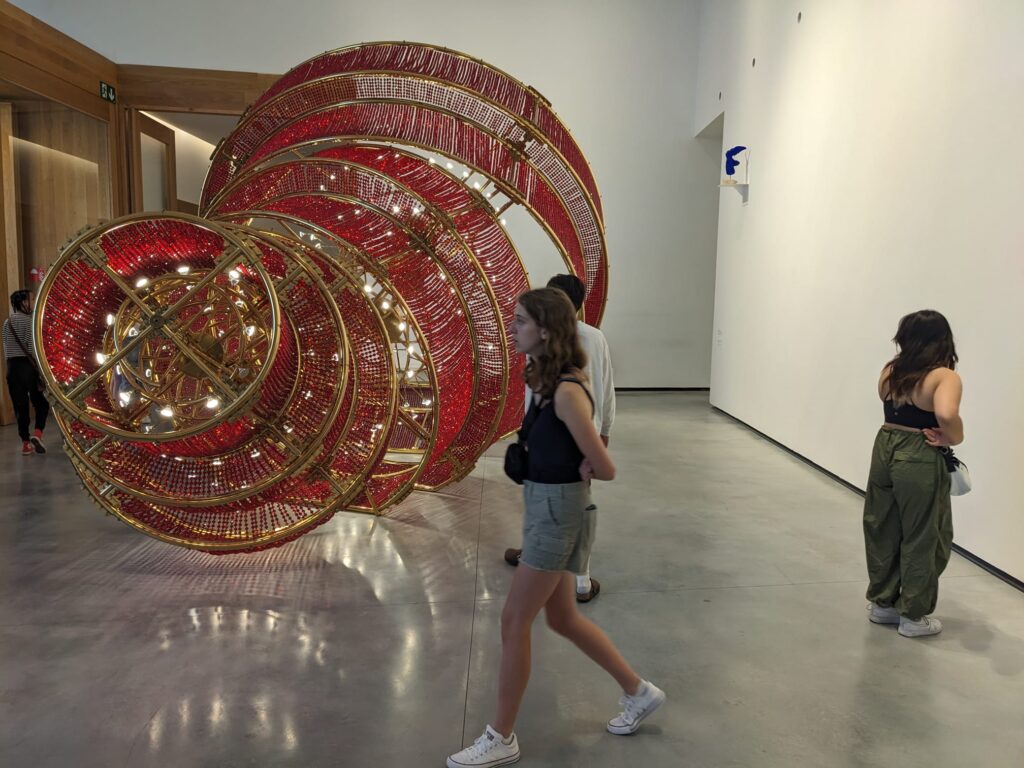
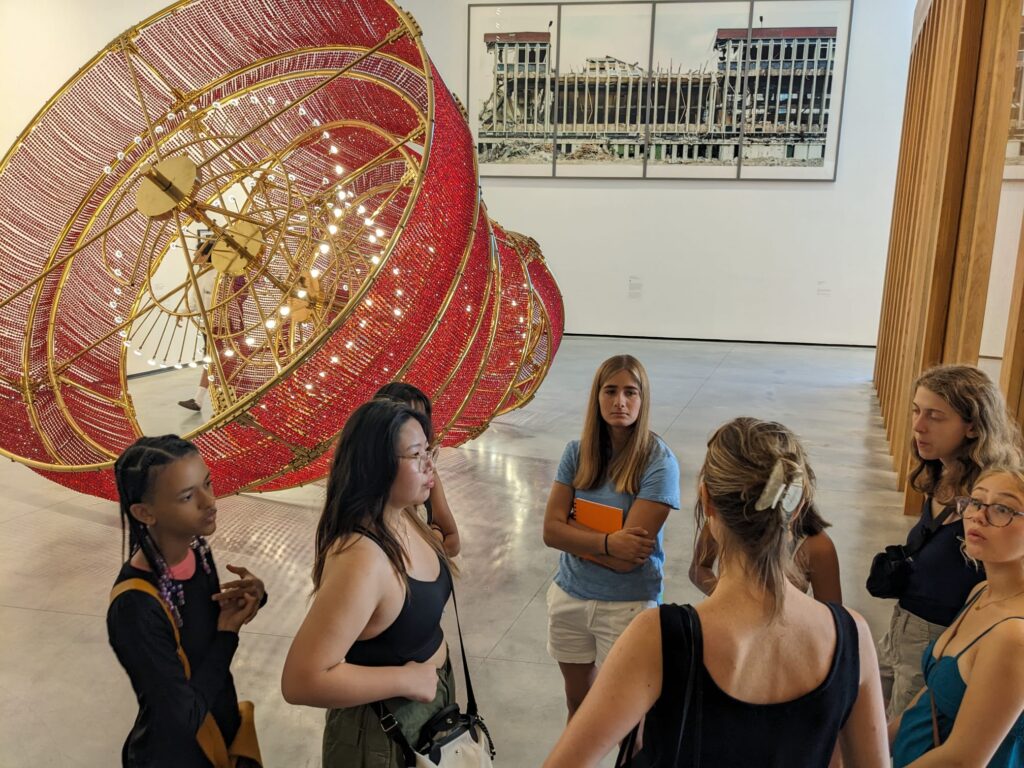
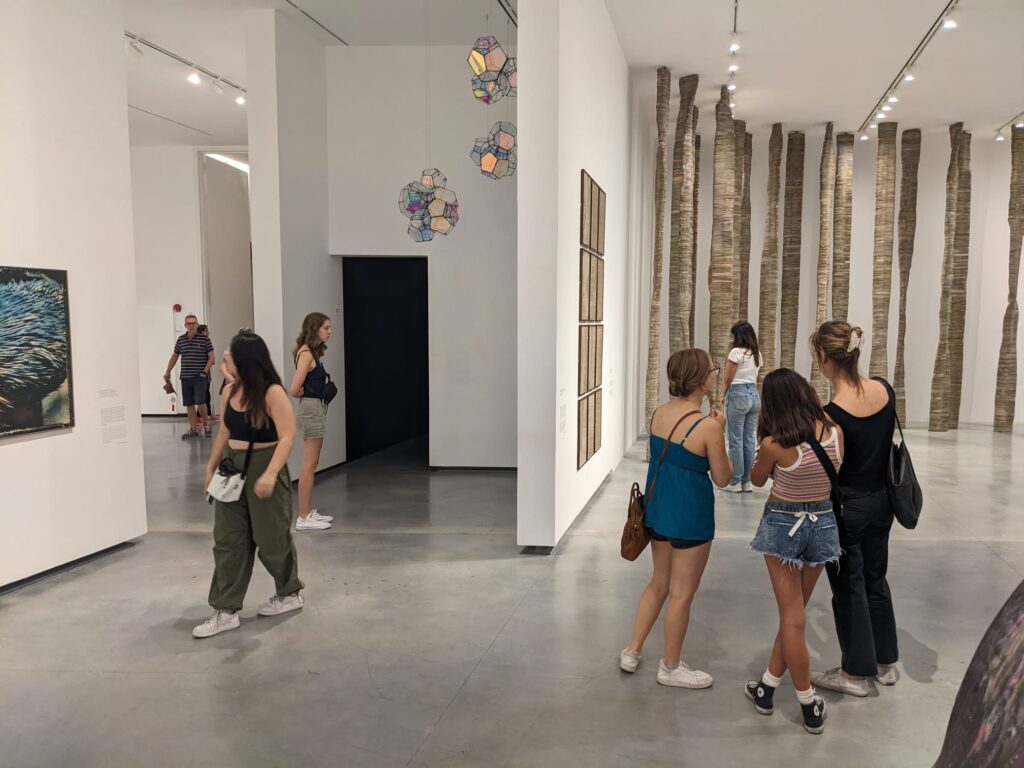
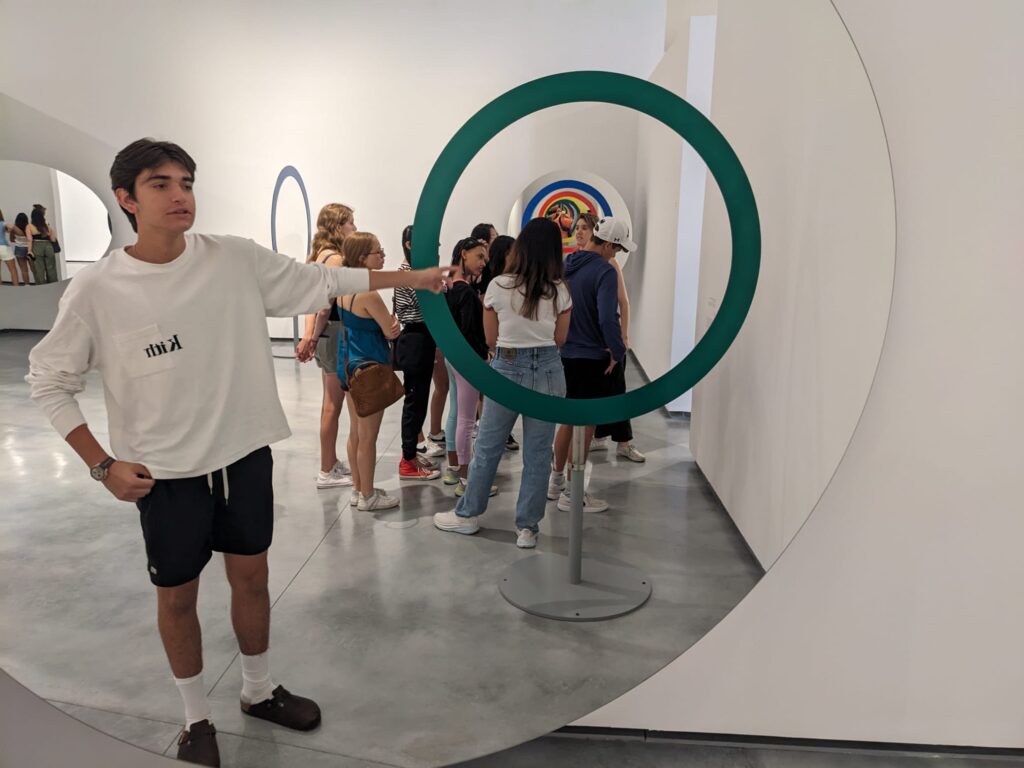
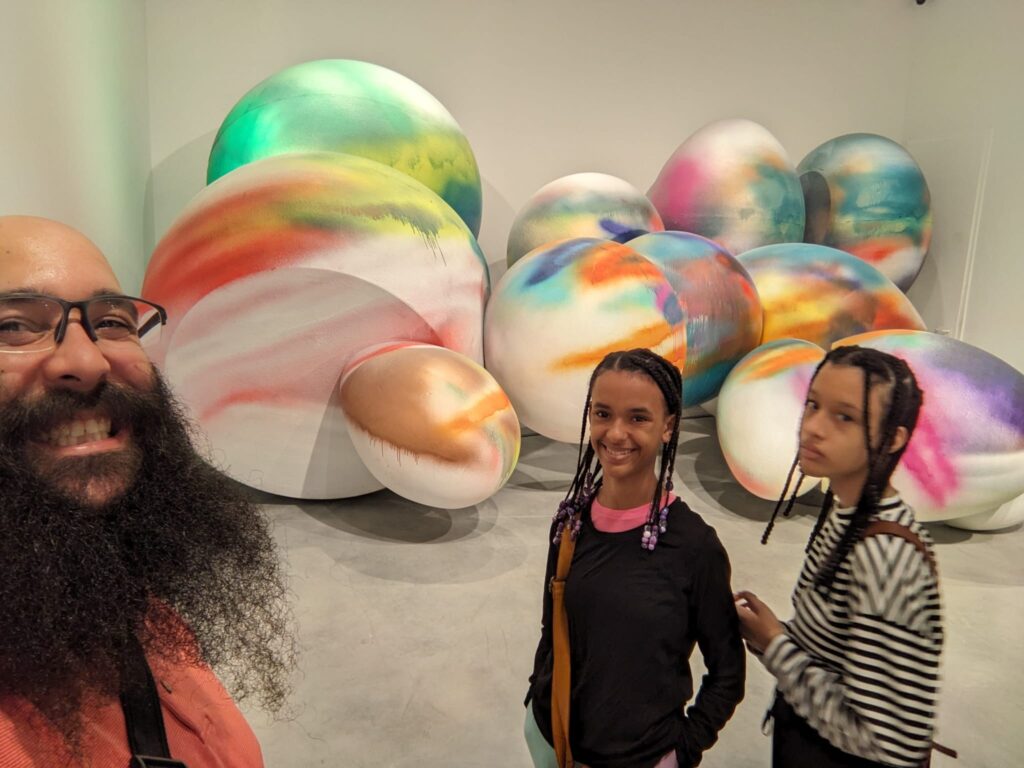
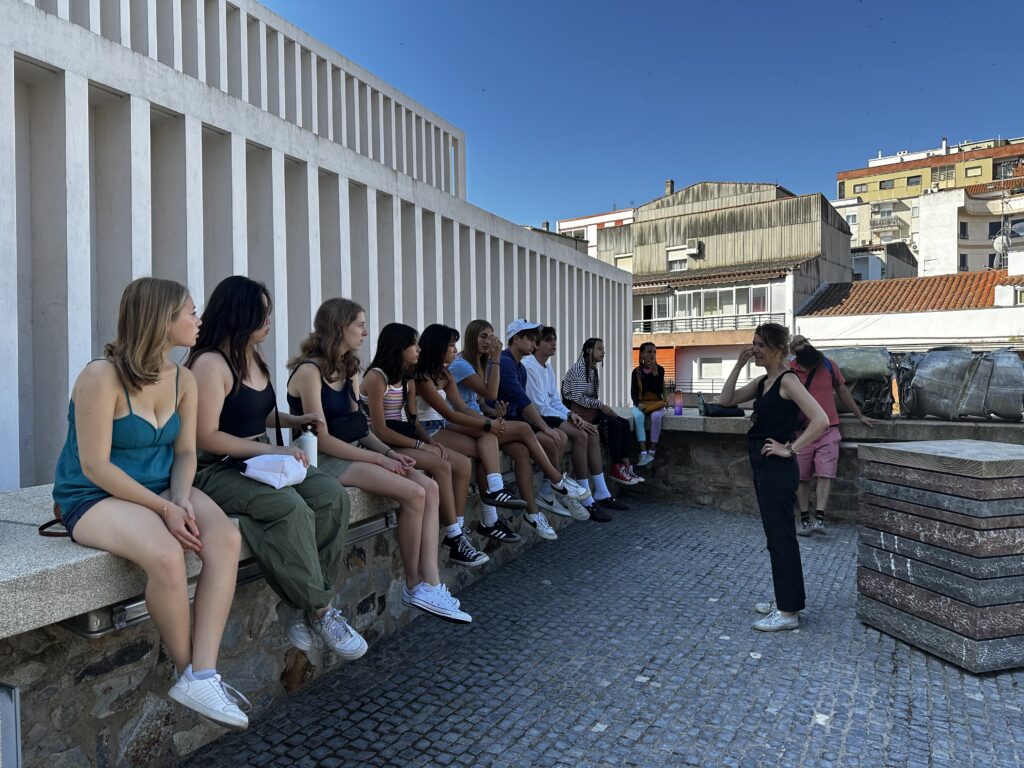
Going down four floors, the museum contains many forms of art, including paintings, film, sculpture, and multimedia pieces. On the first floor is a full collection of Francisco de Goya’s Los Caprichos prints, which are a social commentary on 18th century life, depicting everything from people suffering from heartbreak, to the fear of being hung as a witch, to reflections on corruption within the church and government. We really liked Los Caprichos, because they illustrated so many aspects of life from Goya’s time, the themes of which are still largely applicable to current society.
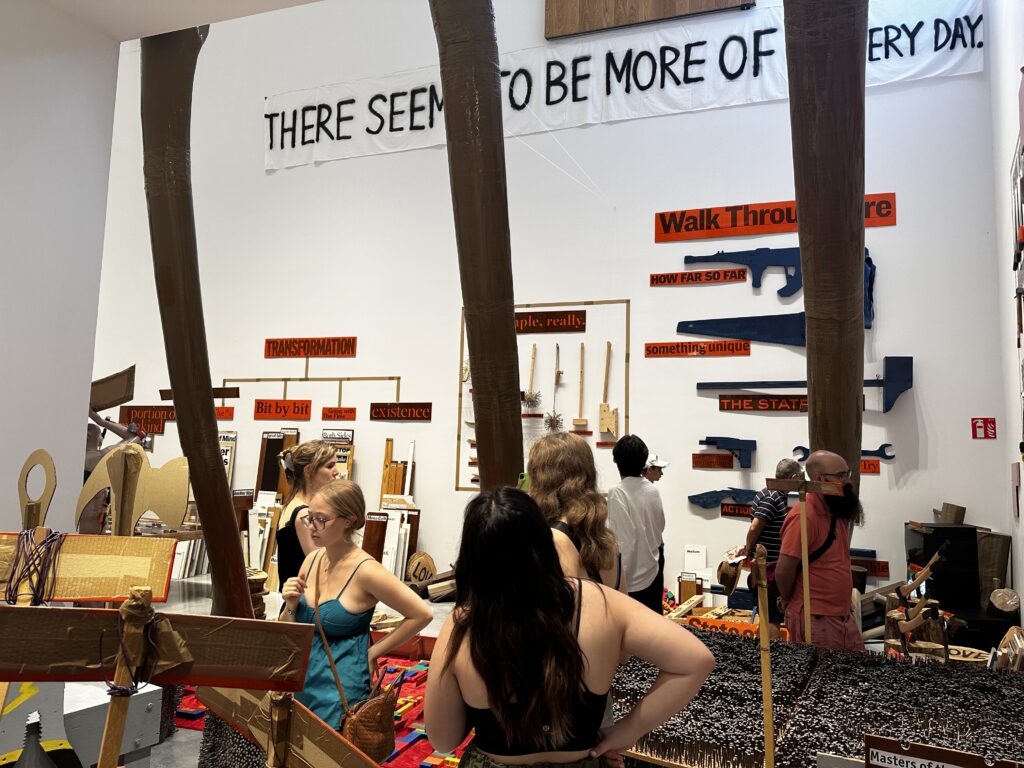
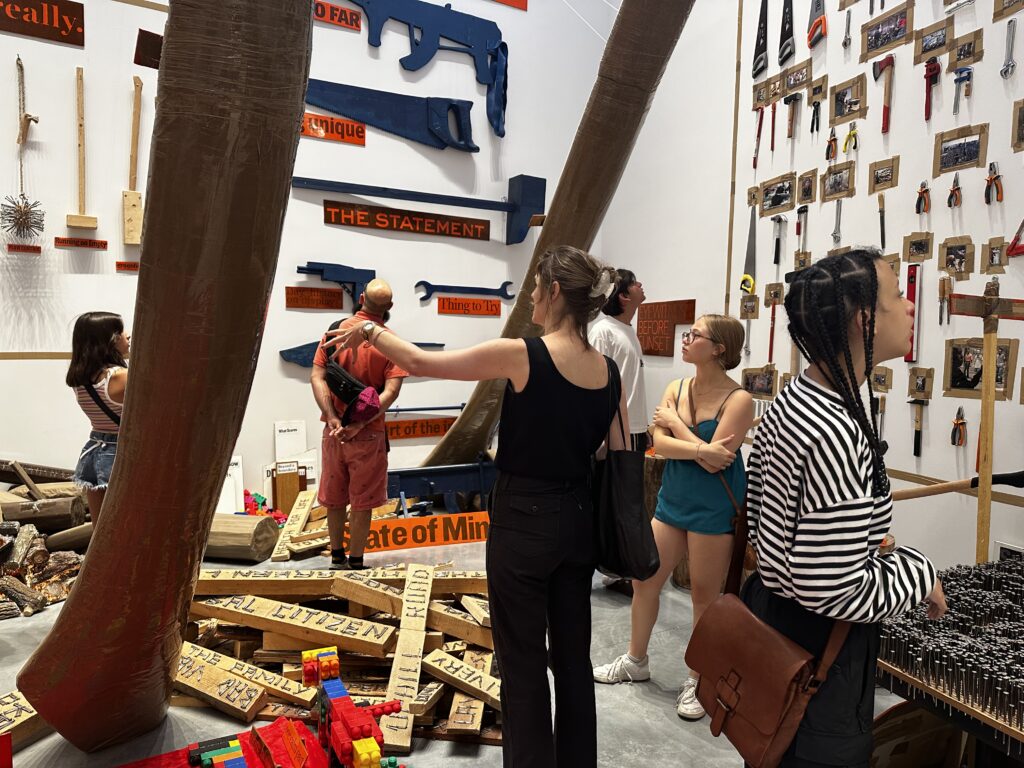
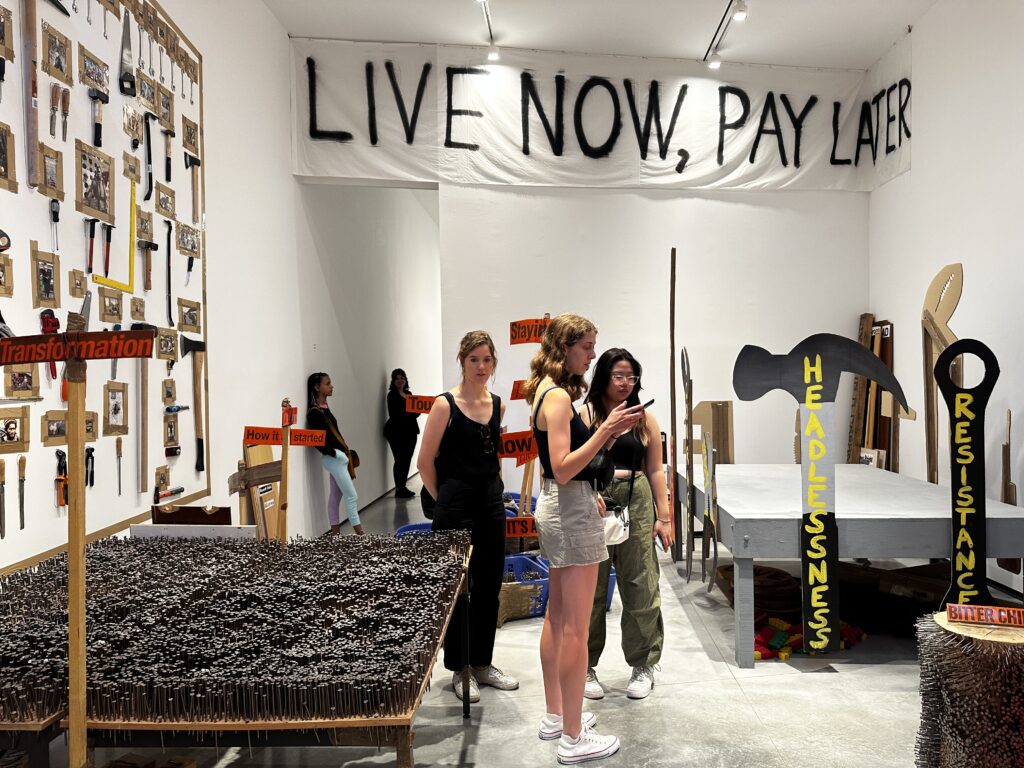
Another installation we greatly appreciated was Thomas Hirschhorn’s Power Tools, a multi-part, full-room, immersive, multimedia piece. Using power tools, labels with phrases such as “There are only problems—no solutions,” LEGO-shaped guns, nails, and many more mediums, Hirschhorn comments on the ability of modern society to destroy itself—even while using tools it claims are for innovation. We liked how Hirschhorn was able to describe the disgust we feel for violence; while we might think about it, he was able to create it physically. Furthermore, we thought the sheer size and quantity of materials used created a powerfully overwhelming effect, helping to cement Hirschhorn’s critique of violence, particularly in impoverished countries.
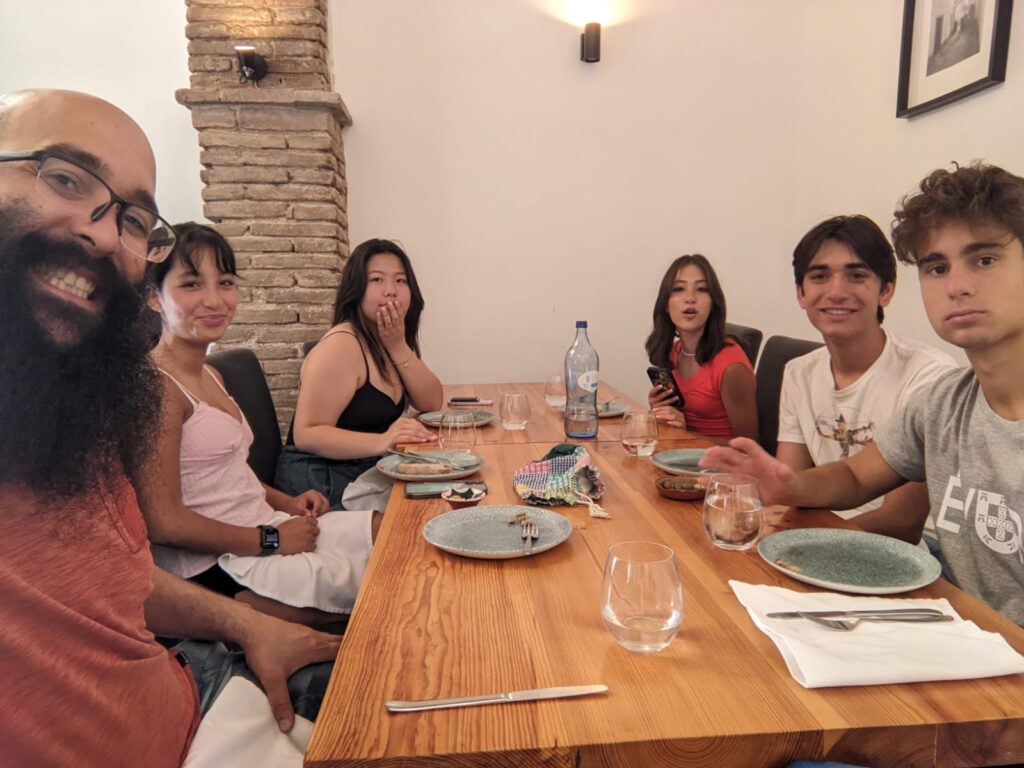
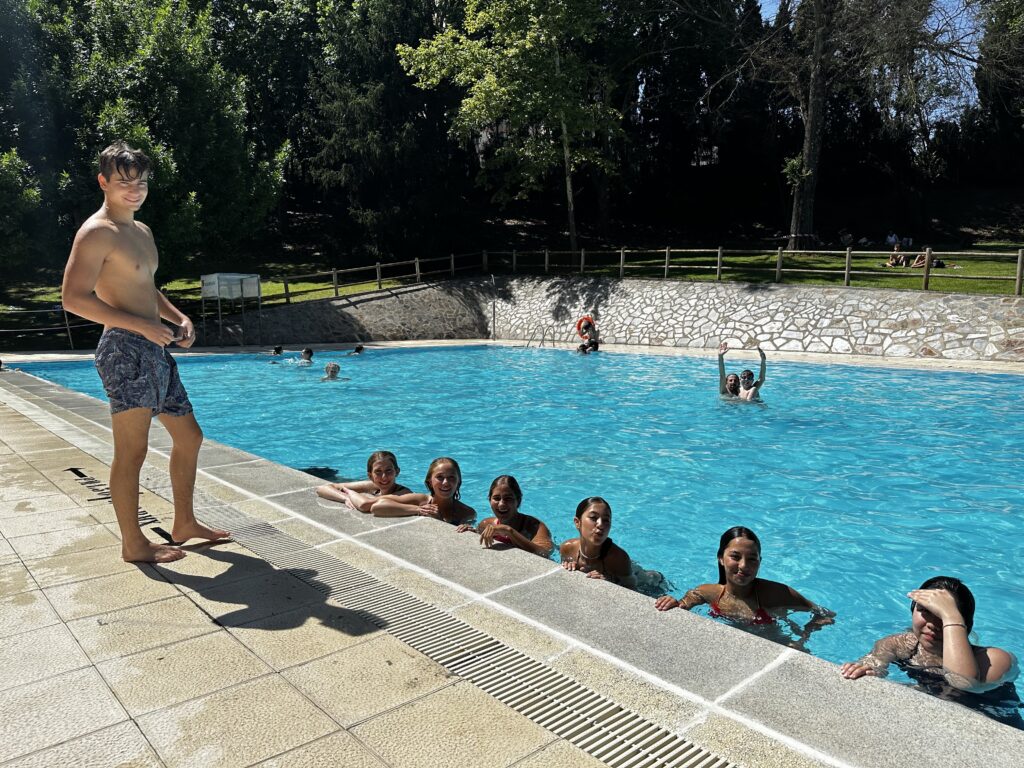
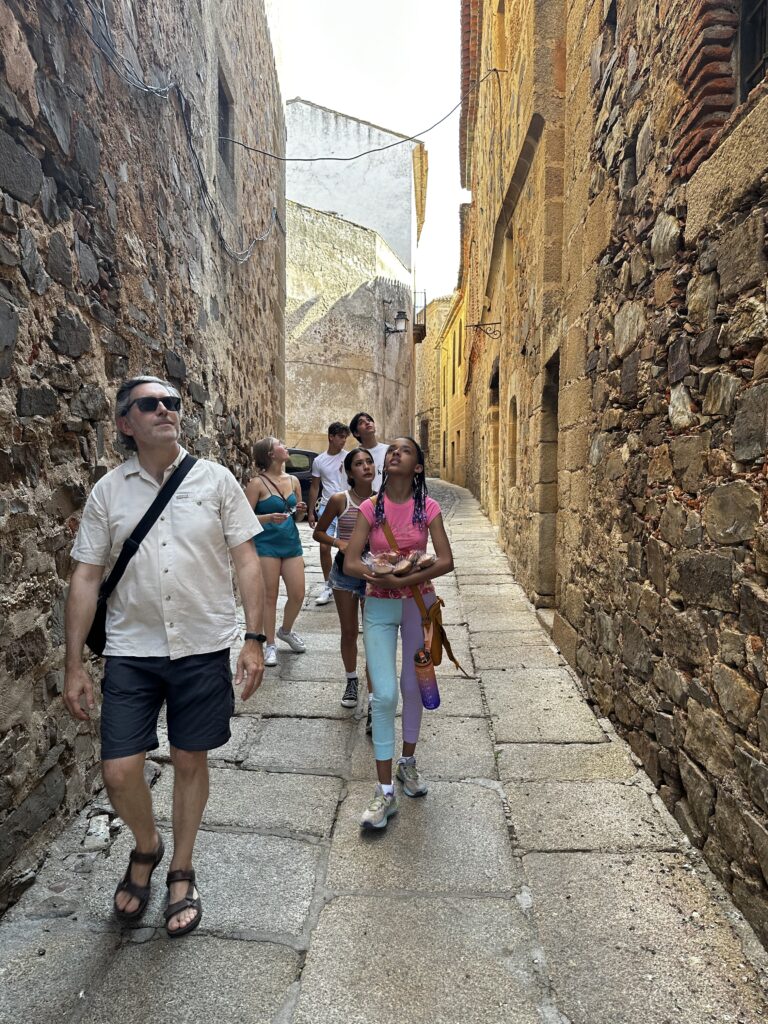
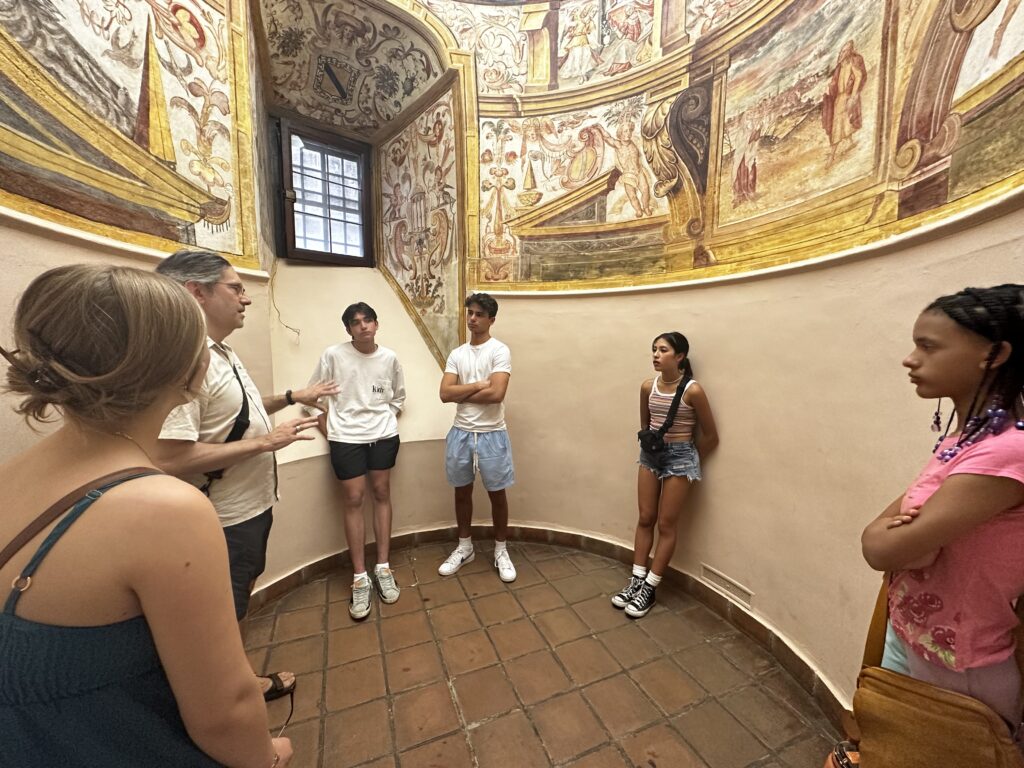
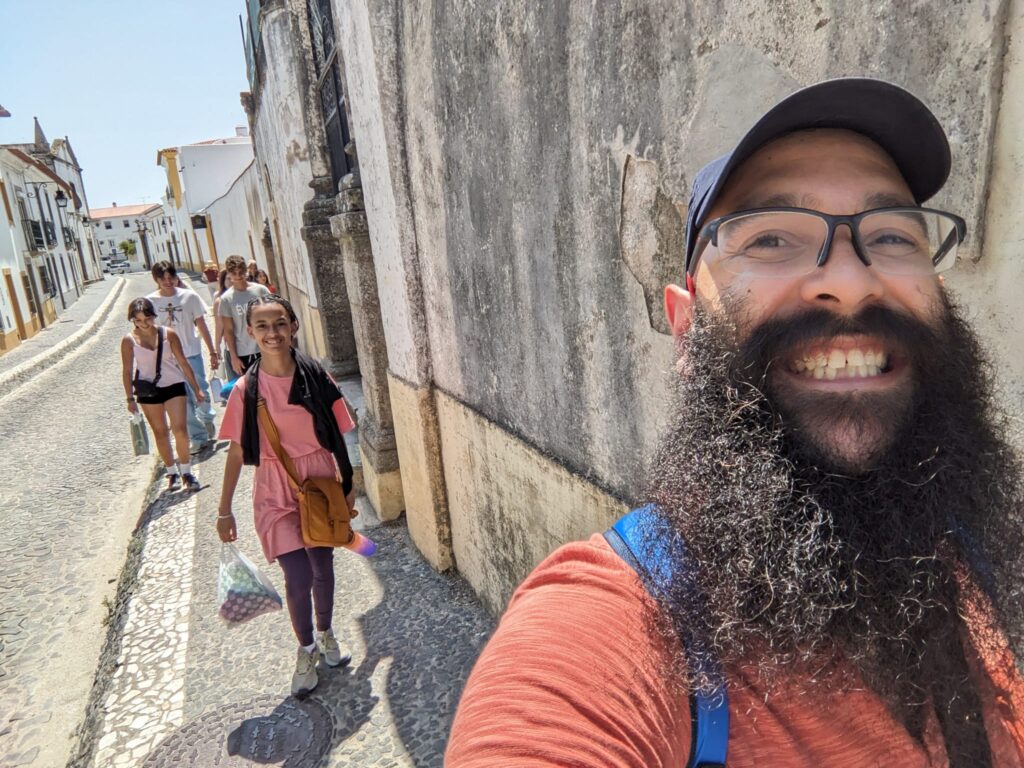
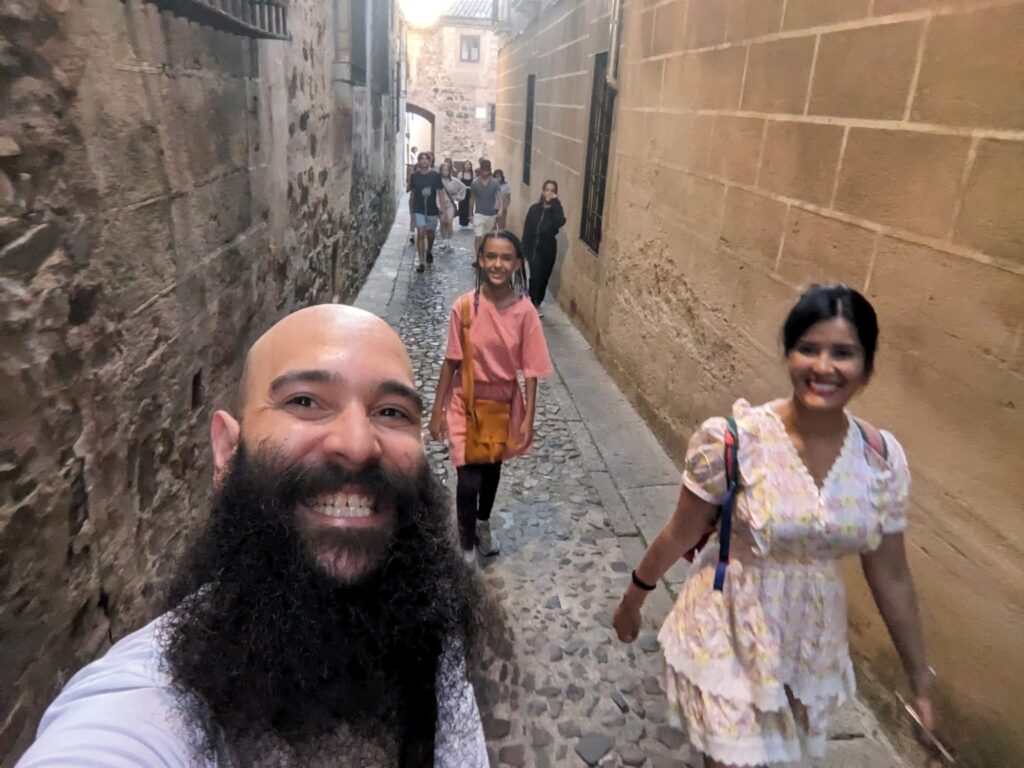
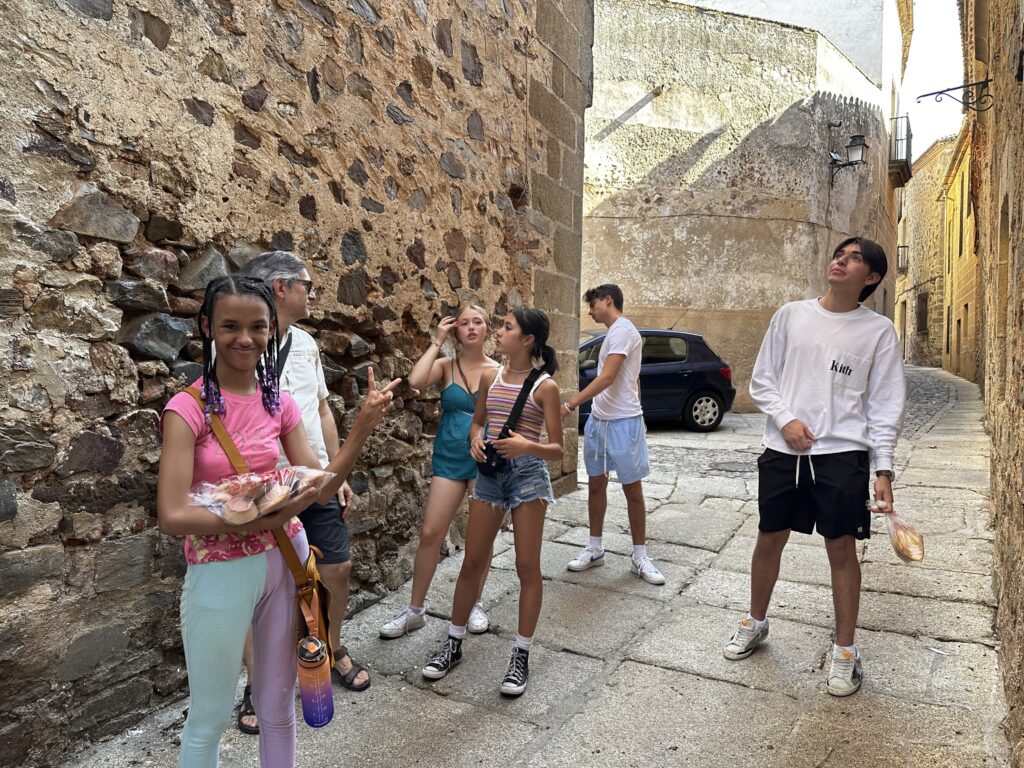
Yet another piece we discussed was a resin statue of two short, footless, identical, sand-colored men staring in a mirror. We thought this was fascinating because it gives a commentary on how we see ourselves in mirrors, and how those reflections can show our physical presence, but not necessarily our subconscious self. Though it was a bit creepy, it was still a cool concept.
In conclusion, today’s excursion to the Alvear museum was an enlightening experience; we learned a lot and discussed many concepts. Thank you to Katryn for leading us, and we can’t wait for our next museum!
— Anya G. & Layla G.

